Tang Fellows Stephanie Curci and Chris Jones teach an interdisciplinary course on the Haitian Revolution and its Caribbean and American consequences. Their interactive map, which chronicles Haiti’s history from the 15th to 19th centuries, includes abolitionism, sentimental literature, national histories, collective memory, and the terms of legitimate revolution. The map is a digital humanities resource offered to teachers, students, and organizations wanting to learn about Haiti’s rich history.
The Benefits
The interactive map illustrates the Haitian Revolution and makes the study of a complex part of history visually digestible and narratively compelling. Scrolling through a timeline and clicking on geographic areas elicits descriptions of history correlating to the time period and topography of the region.
The greatest benefit is that the map allows for compact studies of the Haitian Revolution, which can open doors to deeper inquiry and cross-cultural comparison within the time period. Because the Haitian Revolution is a historical event that spans a great length of time, it can be a daunting undertaking for an instructor. Mapping the Haitian Revolution provides a resource that teachers can use to teach an important part of history.
The Challenges
English version of the map into Spanish, French, and Kreyol. A remaining question points to how individuals from communities without access to technology can engage the important resource.
Takeaways & Best Practices
The Haitian Revolution fellowship makes historically relevant Haitian topography accessible to more learners. Topography is an important instrument in the history classroom. Before the Haitian Revolution project, there were very few open access resources for the study of Haitian Revolution topography.
The map has been translated into three languages. Furthering the reach of the resource, the map is now available in English, Spanish, French, and Kreyol.
The Haitian Revolution resources make the study of the Haitian Revolution less complicated. By combining visual maps, appealing narratives, and enticing resources, the Haitian Revolution is more accessible to a variety of learners and teachers.
Bottom Line
Digital resources enhance educational experiences, but creating them can be a complex, time-consuming undertaking. The support of the Tang Institute was key in making this happen, and Mapping the Haitian Revolution serves as a solid model for future projects.




